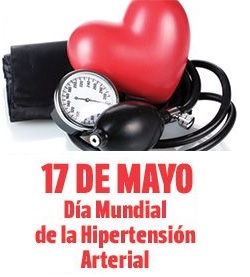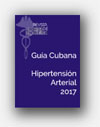Resistant hypertension its identification and epidemiology
Resistant hypertension its identification and epidemiology
 Por: Pantelis A. Sarafidis, Panagiotis Georgianos y George L. Bakris. Nature Reviews Nephrology 9, 51-58 (January 2013).
Por: Pantelis A. Sarafidis, Panagiotis Georgianos y George L. Bakris. Nature Reviews Nephrology 9, 51-58 (January 2013).
Resistant hypertension is currently defined as the failure to achieve a goal blood pressure <140/90 mmHg in patients who are compliant with maximal tolerated doses of a minimum of three antihypertensive drugs, one of which must be a diuretic. The increasing prevalence of obesity and hypertension in the general population mean that this disorder has gained attention in the past decade. In the past 2 years, large-scale population-based studies such as the US National Health and Nutrition Examination Survey (NHANES) have specifically examined the prevalence and incidence of resistant hypertension, and associated risk factors. The findings suggest the prevalence of resistant hypertension is 8–12% of adult patients with hypertension (6–9 million people). [Actualizado: 28 de agosto 2013].





![Glosario: hipertensión [Hipertensión arterial en la atención primaria de salud. 2009]](http://temas.sld.cu/hipertension/files/2016/04/Glosario-e1541006177950.jpg)



Comentarios recientes